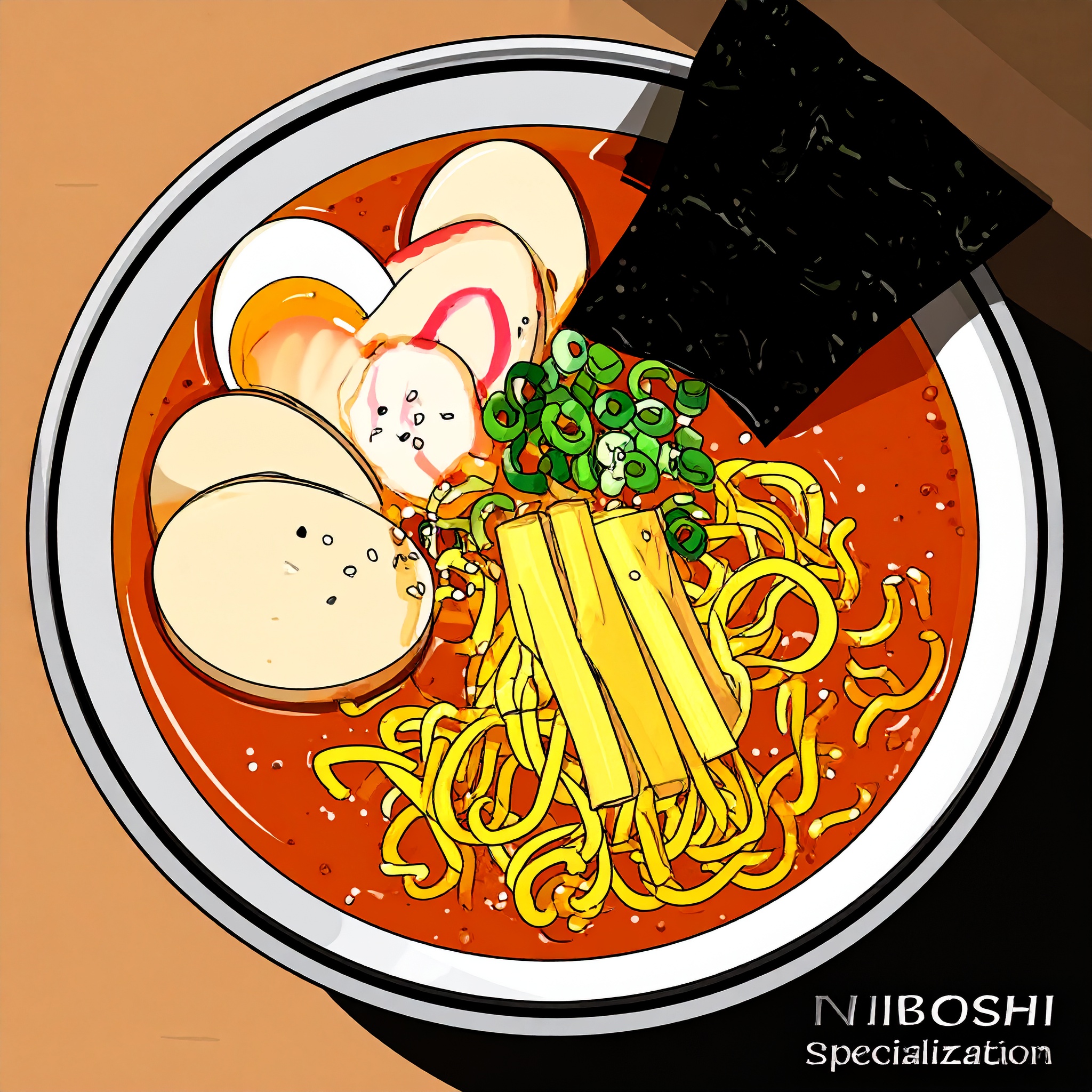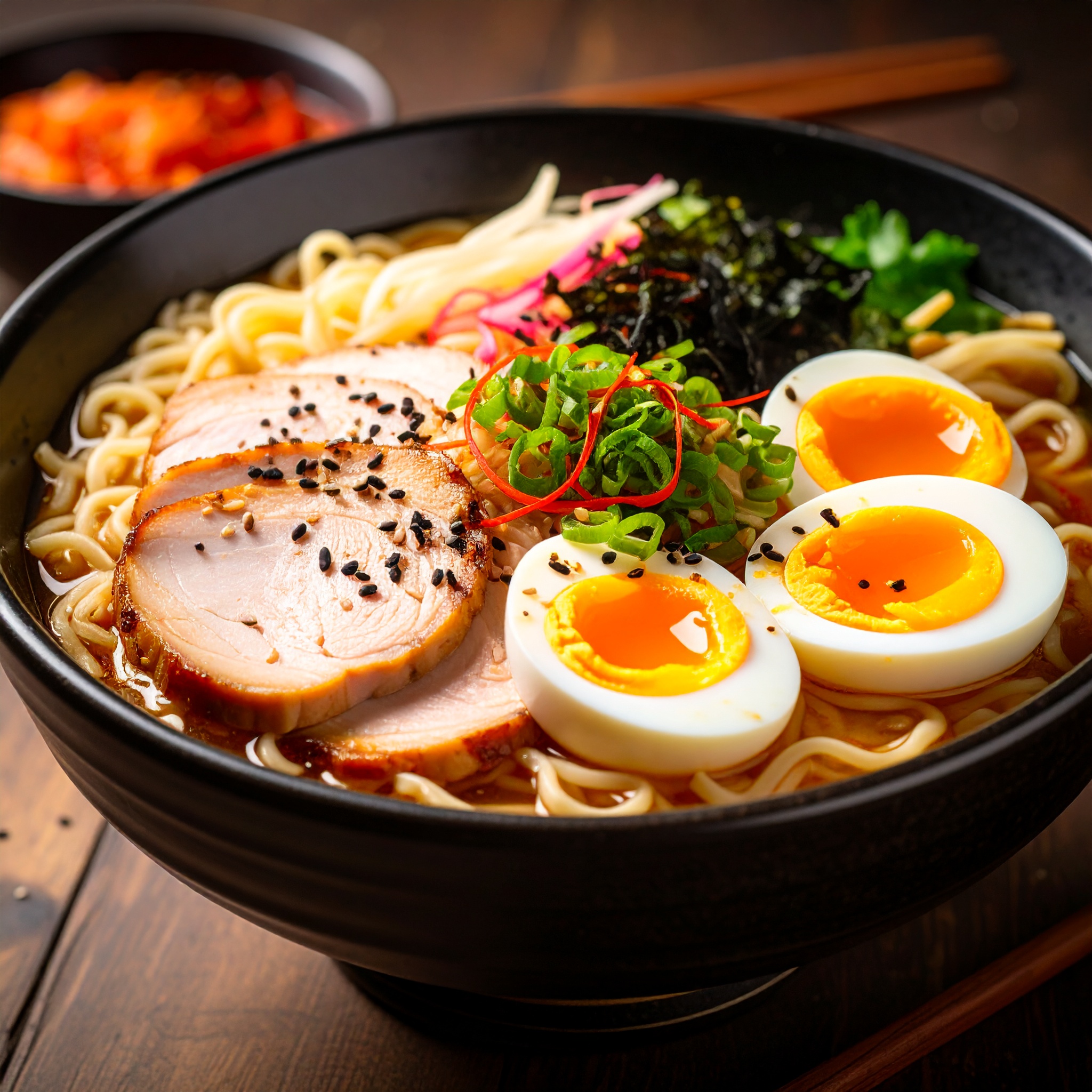Ramen Nagi: The Bold Flavor Strategy Behind a 11-City Global Expansion
Renowned for its unapologetically aromatic niboshi (dried sardine) broth, Ramen Nagi has carved a niche as one of the most polarizing—and memorable—names in the ramen world.
Its rise to an 11-city global presence stems from a focused strategy: to craft a bowl not for everyone, but for those who truly crave it.
1. Winning by Embracing Dislike
At first sip, Nagi’s ramen delivers an intense, head-turning impression. In contrast to the modern trend of mellow, universally appealing broths, Nagi made a conscious decision to lean into divisiveness.
By boldly accepting that its flavor may alienate some, it has cultivated a fiercely loyal fanbase—creating not just repeat customers, but a kind of global ramen cult.
This clarity of purpose, where the goal is not broad approval but deep resonance, became a powerful growth engine.
2. A Bowl of Dramatic Layers
Despite its bold start, Ramen Nagi is far from simplistic. Each bowl is meticulously composed:
-
Signature niboshi oil and seasoned egg
-
Hand-cut noodles with resilient texture
-
Complementary garnishes like dried seaweed and tare sauce
These elements unfold across the eating experience, offering variety, drama, and momentum. It’s a structured sensory arc—from impact to evolution—that deepens engagement with every bite.
This orchestrated complexity compels diners to focus, rewarding their attention. On social platforms, it’s not uncommon to hear: “Have you tried that ramen?”—not because it pleases everyone, but because it leaves no one indifferent.
3. A Flavor All Their Own—Even for International Audiences
Building on its domestic acclaim, Ramen Nagi has successfully expanded into 11 global cities, including Manila, Mumbai, Los Angeles, and Bangkok.
This expansion defies conventional wisdom. Niboshi—dried sardines—are far from a familiar or mainstream flavor in many international markets. Yet Nagi’s leadership operated on conviction: that precise design and a compelling narrative could transcend cultural unfamiliarity.
By refusing to dilute its core identity, the brand proves a vital principle: language may differ, but well-crafted flavor still connects.
This strategy stands as a compelling model in the era of “selling conviction”—where depth and distinctiveness matter more than universal appeal.
Summary: Delivering Devotion, Not Mass Appeal
Ramen Nagi is not about scaled-down luxury or mass-market compromises. It pursues a strategy of focus and familiarity, aiming to resonate deeply with those who crave authenticity.
Rather than appealing to strength, it speaks to sincerity—reaching those who recognize and respect culinary intention. In doing so, it demonstrates one of the most refined ways to satisfy today’s most discerning diners.





